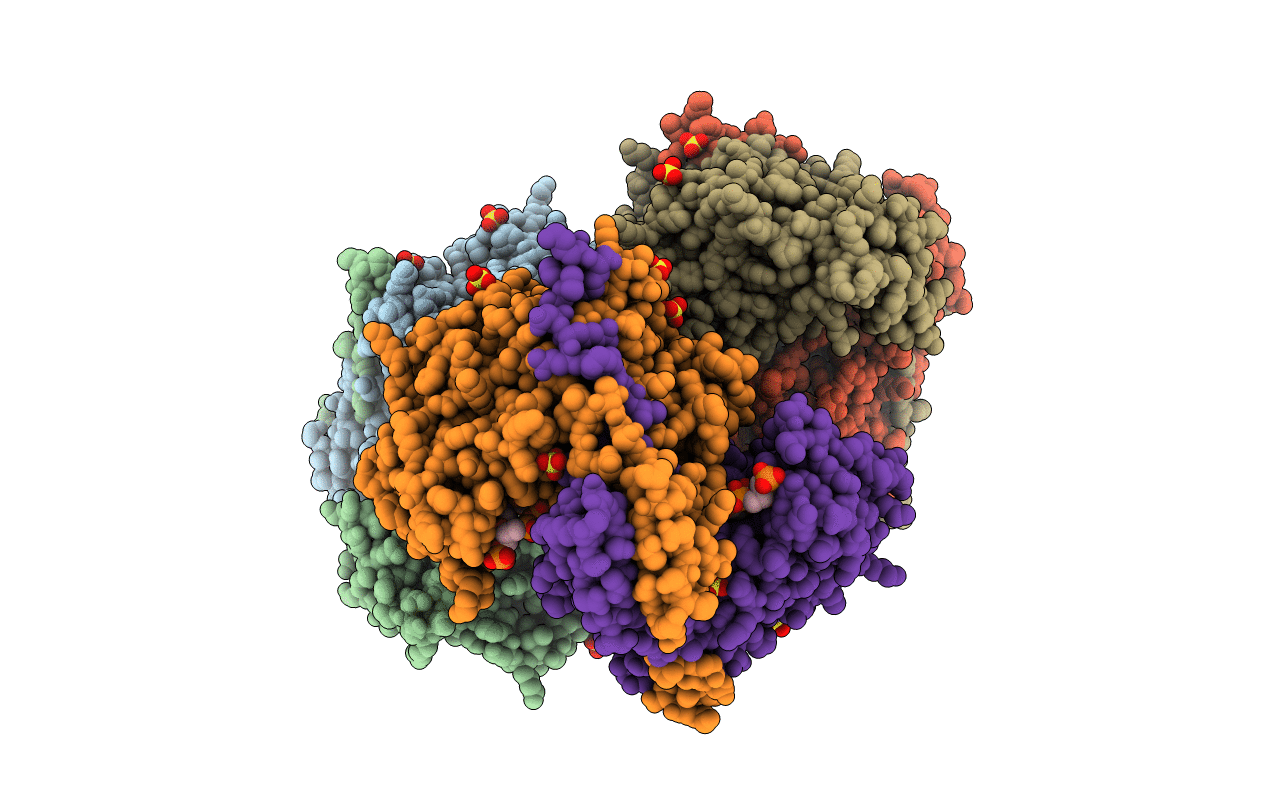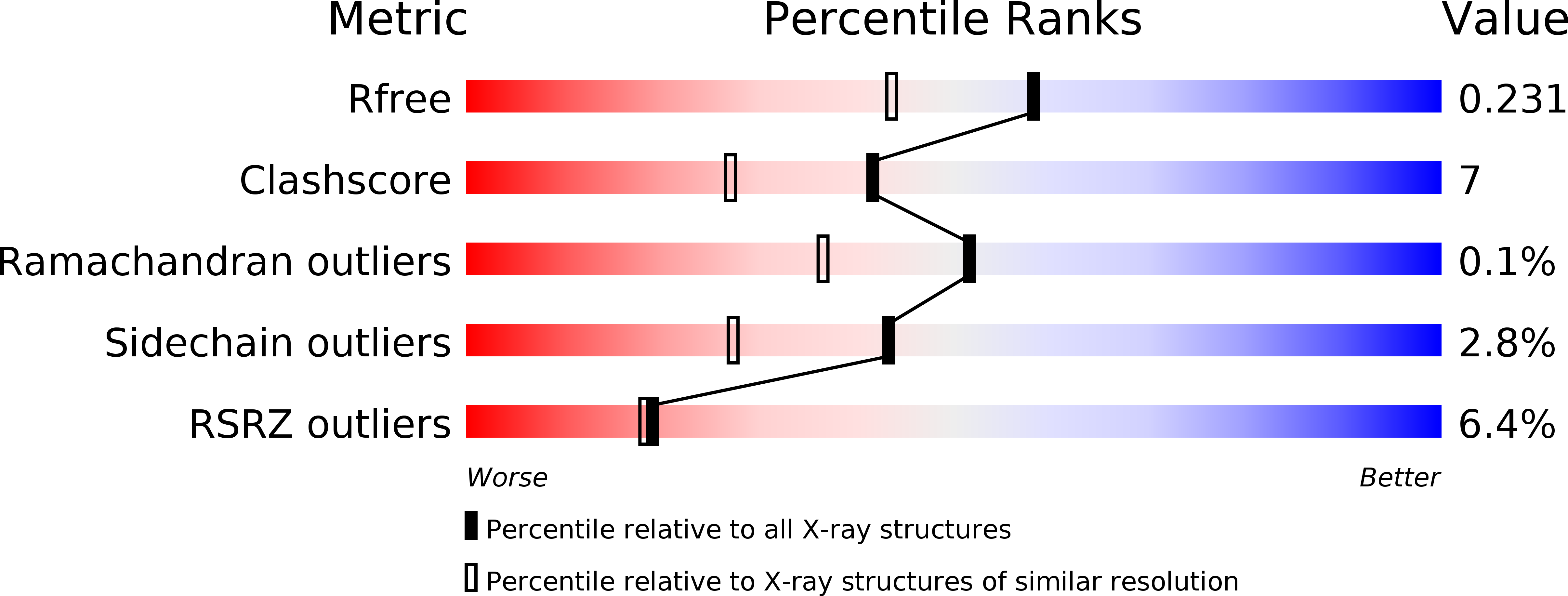
Deposition Date
2006-05-15
Release Date
2006-09-26
Last Version Date
2024-12-25
Entry Detail
PDB ID:
2H12
Keywords:
Title:
Structure of Acetobacter aceti citrate synthase complexed with oxaloacetate and carboxymethyldethia coenzyme A (CMX)
Biological Source:
Source Organism:
Acetobacter aceti (Taxon ID: 435)
Host Organism:
Method Details:
Experimental Method:
Resolution:
1.85 Å
R-Value Free:
0.23
R-Value Work:
0.19
R-Value Observed:
0.19
Space Group:
P 21 21 21


